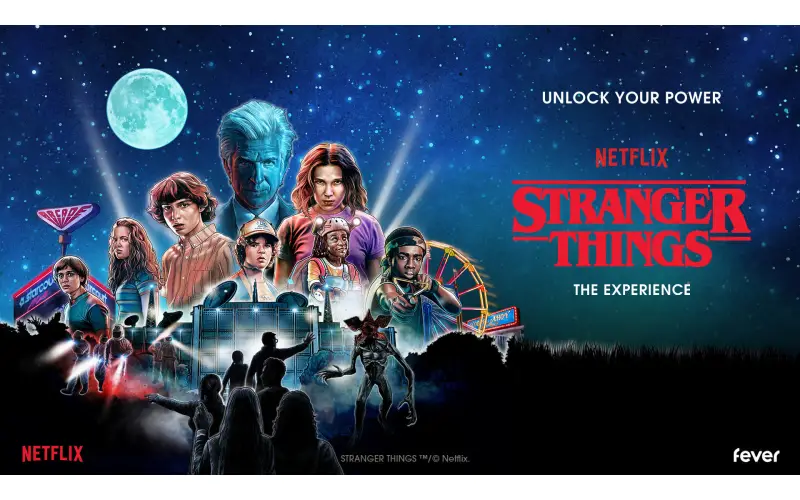By CE Critic - Buy Better Tech
Table of Contents
- Spotify's Controversial Policy Change: Demonetizing Songs Under 1000 Streams
- The Shift Towards Prioritizing Profitability
- How Do Spotify's Payouts Compare to Other Streaming Platforms?
- Will Artists Leave Spotify?
- Conclusion
Spotify's Controversial Policy Change: Demonetizing Songs Under 1000 Streams
Spotify, the dominant player in the music streaming market, has made a significant and controversial change to its royalty distribution model. As of April 1, 2024, the platform demonetized all songs with less than 1000 streams within the past 12 months. Additionally, they have implemented a minimum unique listener requirement for tracks to generate revenue.
This policy shift was foreshadowed in Spotify's 2023 report "Modernizing Our Royalty System," and is a significant blow to independent artists and smaller labels who heavily rely on streaming royalties for income. Spotify claims that about 60% of tracks on its platform have fallen below the new threshold, representing less than 1% of total streams.
The company aims to redirect the royalties formerly distributed to these less-streamed tracks and boost earnings for eligible artists. However, the implications of this move remain contested, and the music industry's response has been largely negative.
The Shift Towards Prioritizing Profitability
Spotify's decision underscores a larger pattern within the company: a growing emphasis on profitability over artist support. This trend has become increasingly evident with recent layoffs and price increases.
Late last year, Spotify laid off roughly 17% of its workforce, following an earlier round of cuts of 6%. Despite having announced positive third-quarter profits and a significant subscriber increase just months prior, economic concerns heavily influenced this decision.
Furthermore, Spotify has confirmed plans to increase subscription prices across several territories. The added revenue is intended to offset the costs of expanding into audiobooks and video learning content. While this diversification strategy resulted in share value growth, its long-term effects for both the company and consumers remain to be seen.
How Do Spotify's Payouts Compare to Other Streaming Platforms?
Spotify's payout structure has long been a source of contention within the music industry. Let's compare it to some of its major competitors:
| Streaming Platform | Average Payout Per Stream | Notes |
| Spotify | $0.003 - $0.005 | Low end of the spectrum |
| Amazon Music | $0.00 | Slightly better than Spotify |
| Tidal | $0.01 | Known for its artist-centric model |
| Apple Music | $0.01 | One of the highest payouts |
| Qobuz | Varies based on subscription tier | Highest payouts for Hi-Res audio |
| YouTube Music | $0.00 | One of the lowest payouts |
| SoundCloud | $0.0025 - $0.004 | Payouts can vary depending on subscription tier |
| Deezer | $0.01 | Mid-range payout |
It's crucial to note that these are average figures. Payouts fluctuate based on several factors, including:
- Subscriber's location: Users in specific territories may generate higher payouts.
- Type of subscription: Premium subscriptions usually result in better payouts than free or ad-supported tiers.
- Licensing agreements: Artists and labels with specific agreements might have different payout structures.
Will Artists Leave Spotify?
Spotify's recent policy change, price increases, and its history of lower artist payouts have generated increasing dissatisfaction within the music community. The United Musicians and Allied Workers Union, a vocal advocate for fair streaming compensation, spearheaded the "Make Streaming Pay" initiative. This campaign promotes legislation like the "Living Wage For Musicians" bill to ensure more equitable revenue sharing for artists.
As the pressure mounts, some artists may consider switching to competing platforms that offer fairer compensation. This could put additional pressure on Spotify if artists with significant followings exit the platform, potentially causing a decline in Spotify's overall content offerings.





